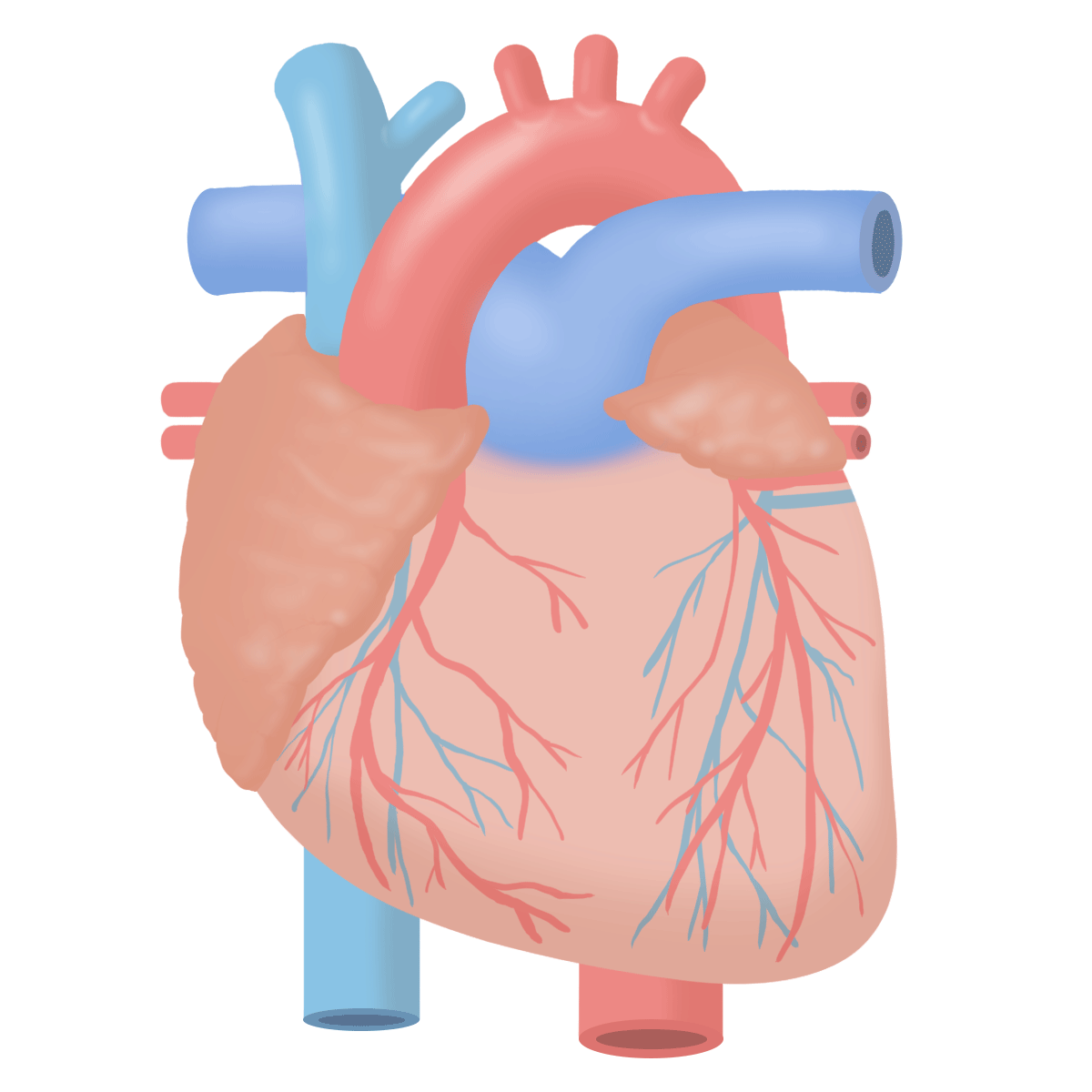Empagliflozin in Patients With Heart Failure, Reduced Ejection Fraction, and Volume Overload: EMPEROR-Reduced Trial
J Am Coll Cardiol. 2021 Mar 23;77(11):1381-1392. doi: 10.1016/j.jacc.2021.01.033.
https://pubmed.ncbi.nlm.nih.gov/33736819/
これは興味深い結果となっています。元々エンパグリフロジンは利尿作用の効果によって体液貯留に伴う心不全に効果があるものと推察されていましたが、実際はその作用による物ではない可能性があるとのことです。少なからず心不全には良い影響を与えることには変わりないとは思いますが、果たしてどのような機序で成り立っているのでしょうか。
転移性トリプルネガティブ乳癌におけるサシツズマブ ゴビテカンの投与
![]()
Background: Investigators have hypothesized that sodium-glucose cotransporter 2 (SGLT2) inhibitors exert diuretic effects that contribute to their ability to reduce serious heart failure events, and this action is particularly important in patients with fluid retention.
Objectives: This study sought to evaluate the effects of the SGLT2 inhibitor empagliflozin on symptoms, health status, and major heart failure outcomes in patients with and without recent volume overload.
Methods: This double-blind randomized trial compared the effects of empagliflozin and placebo in 3,730 patients with heart failure and a reduced ejection fraction, with or without diabetes. Approximately 40% of the patients had volume overload in the 4 weeks before study enrollment.
Results: Patients with recent volume overload were more likely to have been hospitalized for heart failure and to have received an intravenous diuretic agent in an outpatient setting in the previous 12 months, and to experience a heart failure event following randomization, even though they were more likely to be treated with high doses of a loop diuretic agent as an outpatient (all p < 0.001). When compared with placebo, empagliflozin reduced the composite risk of cardiovascular death or hospitalization for heart failure, decreased total hospitalizations for heart failure, and improved health status and functional class. Yet despite the predisposition of patients with recent volume overload to fluid retention, the magnitude of these benefits (even after 1 month of treatment) was not more marked in patients with recent volume overload (interaction p values > 0.05). Changes in body weight, hematocrit, and natriuretic peptides (each potentially indicative of a diuretic action of SGLT2 inhibitors) did not track each other closely in their time course or in individual patients.
Conclusions: Taken together, study findings do not support a dominant role of diuresis in mediating the physiological changes or clinical benefits of SGLT2 inhibitors on the course of heart failure in patients with a reduced ejection fraction. (EMPagliflozin outcomE tRial in Patients With chrOnic heaRt Failure With Reduced Ejection Fraction [EMPEROR-Reduced]; NCT03057977).
背景:ナトリウム-グルコースコトランスポーター2(SGLT2)阻害剤は、利尿作用により心不全の重篤なイベントを減少させ、この作用は体液貯留のある患者において特に重要であるという仮説が立てられた。
目的:SGLT2阻害薬であるエンパグリフロジンが、最近の体液貯留の有無にかかわらず、症状、健康状態、および主要な心不全の転帰に及ぼす影響を評価すること。
方法:この二重盲検無作為化試験では、糖尿病の有無にかかわらず、駆出率が低下した心不全患者3730人を対象に、エンパグリフロジンとプラセボの効果を比較した。患者の約40%が試験登録前の4週間内に容積負荷がかかっていた。
結果:最近、容量負荷がかかっていた患者は、外来で高用量のループ利尿剤を投与されていたにもかかわらず、過去12ヵ月間に心不全で入院し、外来で利尿剤の静注を受け、無作為化後に心不全イベントを経験している可能性が高かった(いずれもp<0.001)。エンパグリフロジンは、プラセボと比較して、心血管死または心不全による入院の複合リスクを低減し、心不全による総入院数を減少させ、健康状態と機能クラスを改善した。しかし、最近の容量負荷患者には体液貯留の素因があるにもかかわらず、これらの効果の大きさは(治療開始1カ月後でも)最近の容積負荷患者でより顕著ではなかった(相互作用p値>0.05)。体重、ヘマトクリット、ナトリウム利尿ペプチド(いずれもSGLT2阻害剤の利尿作用を示す可能性がある)の変化は、その時間経過においても、個々の患者においても、相互に関連性は認めなかった。
結論:本研究で得られた知見を総合すると、駆出率低下患者の心不全の経過におけるSGLT2阻害薬の生理的変化や臨床的有用性を媒介する上で、利尿作用が支配的な役割を果たしていることを支持するものではない。


コメント